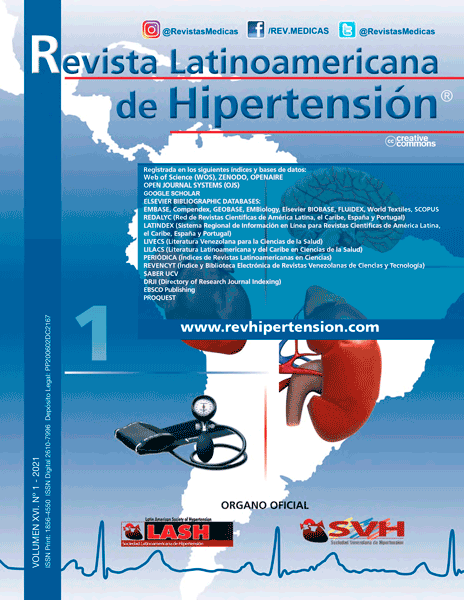Prevalence of menopausal symptoms and its relationship with socio-demographic factors among women above 45 years in Mosul, Iraq
Palabras clave:
menopausal, perimenopausal, postmenopausal women, somatic symptoms, psychological, urogenital symptoms and menopausal rating scale.Resumen
Context: Menopause in an unavoidable event in women lives. Women during menopause experienced several symptoms of variable severity which affect their quality of life. Aim of the study: The aim of this study is to study the distribution of menopausal symptoms among middle age women in Mosul City and their associated factors. Subjects and Methods: The aim of the present study was achieved by using cross sectional descriptive study design. The frequency of menopausal symptoms was assessed from 342 women attending two primary health centres in Mosul City, in Northern Iraq. Direct interview was used for data collection by using predesigned questionnaire form and Menopausal Ratting Scale (MRS) during a period of 2 months. Results: Mean age of participants was 53.95 ± 6.46. The most prevalent somatic menopausal symptoms among middle aged women in Mosul City were Joint and muscular disorder (93.0%) which was more among perimenopausal fallowed by postmenopausal women. Also, hot flushes were more common among perimenopousal fallowed by postmenopausal (88.9%, 77.3% correspondingly). On the other hand, 94.7% of postmenopausal women were complaining from physical and mental exhaustion. Likewise, vaginal dryness was significantly more frequent among postmenopausal women. According to MRS somatic and psychological symptoms were more severe among perimenopausal women while urogenital symptoms were more severe among postmenopausal women. Menopausal symptoms were significantly more severe among illiterate women, working, widowed, paros, non-practicing exercise and previously smoker women. Conclusion and recommendations: Menopausal symptoms were severe among perimenopausal and postmenopausal women in Mosul City which was adversely affected their quality of life. Counseling health and social welfare services for postmenopausal women were required to be established. In addition, women empowerment, and encouragement to adopt a healthy life style were essential.

